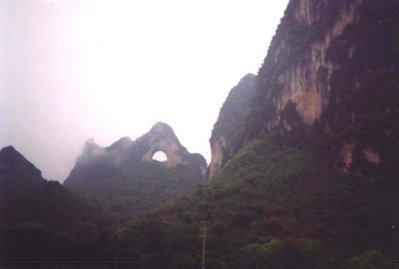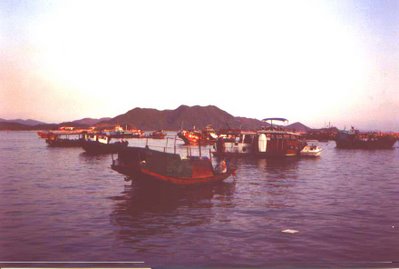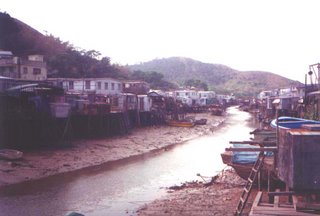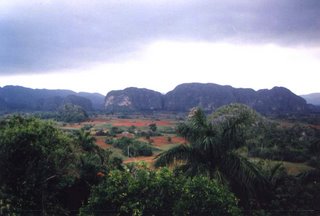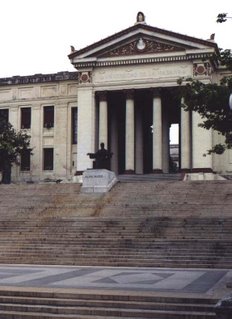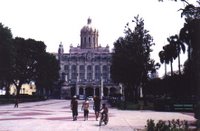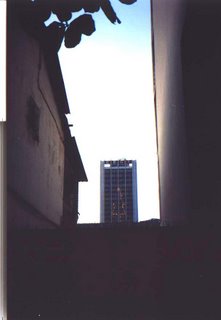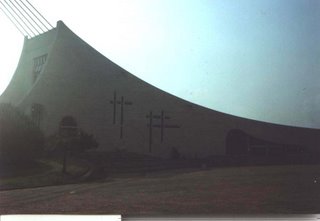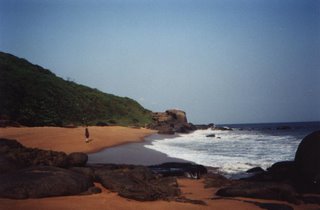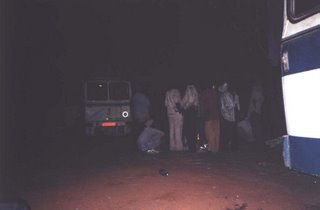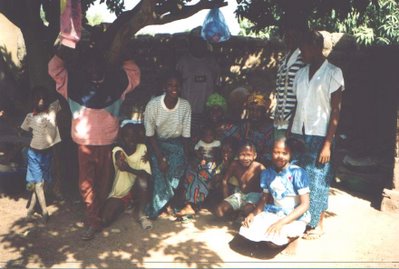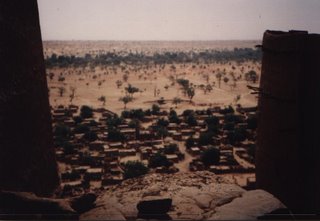I started this blog as a cathartic tool since I haven’t been doing a lot of traveling lately, and I thought that the next best thing to going places was to reminisce about places that I had been. However, we had the good fortune of being able to travel to England last week, so here is my story about that trip.

We went to London to visit my oldest friend and her husband. There we did a lot of toodling around and sight seeing. Although the transportation system is expensive, it is such a great tool… we found the subway, rail, and bus system to work superbly together to get us where we wanted to go with a minimum of effort.

We went to the National Gallery, the British Museum, and the Tate Modern Gallery, all which are amazing (and free admission!). The city lends itself to walking around, and we enjoyed quite a bit of walking around Central London, as well as the Greenwich and Blackheath areas of town. The weather was very pleasant compared to February Canadian weather, so although it was a bit drizzly sometimes, we found it enjoyable.
We were pleasantly surprised by how much we enjoyed the food! Everything we ate, from prepackaged sandwiches, to pub food, to restaurant meals, and of course home cooked meals, were of good quality and tasty ingredients. It was great. One meal that sticks out particularly in my mind was at a 400 year old pub in the little town of Avebury… amazing!

For the weekend we rented a car, and my brave and talented friend drove us to the countryside of Wiltshire. The countryside is gorgeous! Rolling hills and quaint little towns all strung together to present the perfect picture of the British countryside. So much history! And many ancient ruins mixed in with modern buildings. We saw Stonehenge, the ancient stone circles at Avebury, a big white horse on the hillside, Silbury Hill, and the town of Bath (where we bathed in the same naturally warm thermal waters that the Romans did!). We stayed in a lovely bed and breakfast near Avebury, perched above a little country pub.

A great week, and just the trip to revitalize this travel hungry blogger.

